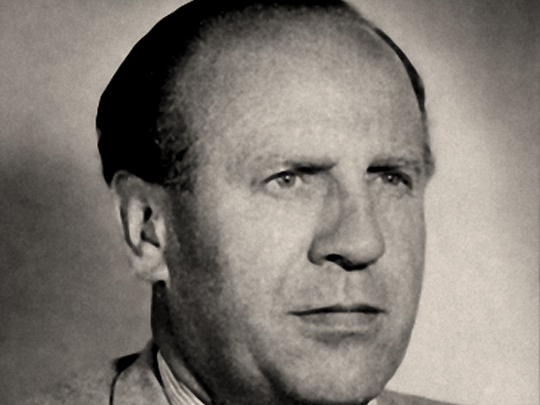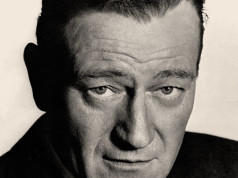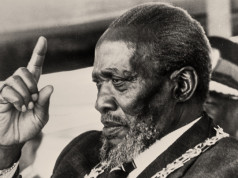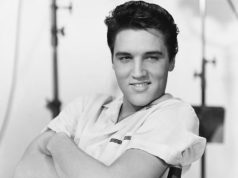Wikimedia Commons / CC-BY-SA-3.0 / GFDL
Oskar Schindler
(Industrialist)
28 April 1908 – 9 October 1974 (Aged 66)
Schindler was a German industrialist with a liking for the high life, he provided intelligence and bribes to the German military, which enabled him to profit from the war effort.
However, Schindler became disgusted by the escalation in Nazi atrocities and set about trying to save Jews by employing them in his factory and bribing German officials to prevent their execution.
By the end of the war, Schindler had lost all his considerable wealth in an effort to save his workers. It is thought he saved up to 1,200 Jewish lives.
After the war, he received assistance from Jewish organizations and moved to Argentina before returning to Germany and failing on numerous business ventures.
He lived off money from “Schindler Jews”, those who he saved during the war.
After his death in 1974, Schindler was buried on Mount Zion in Jerusalem, the only Nazi member to receive such an honor.
The 1993 film Schindler’s List brought his story to the world.
Charles Lindbergh
(Aviator)
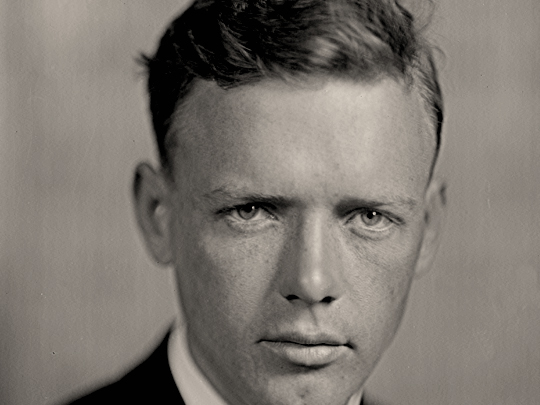
4 February 1902 – 26 August 1974 (Aged 72)
Lindbergh was an American aviator who became world-famous after completing the first-ever solo transatlantic flight in 1927, having previously been a little known U.S. Air Mail pilot.
Read about Lindbergh’s flight here.
In 1932, tragedy struck Lindbergh when his infant son was kidnapped in what was, at the time, called the “crime of the century”.
Although Lindbergh paid a $50,000 ransom, his son’s body was found weeks later in a nearby woods.
Read more about the kidnapping here.
To avoid the subsequent media frenzy, the Lindbergh’s moved to England, and later France, before returning to the States in 1939, where he became an advisor to Henry Ford in the development of military bombers.
Lindbergh spent his final years in Maui, Hawaii, where he campaigned on environmental issues before dying of cancer at the age of 72.
Juan Perón
(Argentine President)
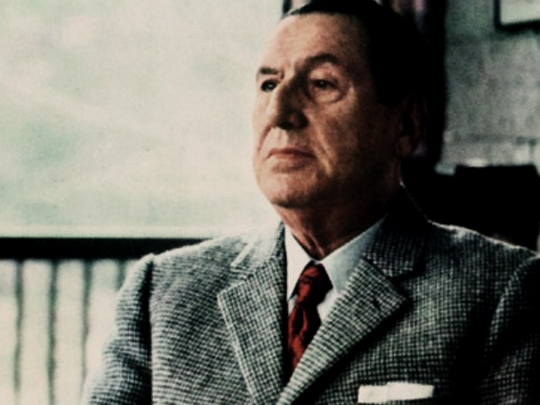
8 October 1895 – 1 July 1974 (Aged 78)
Peron was a lieutenant general in the Argentine military before going on to become a three-time elected president of Argentina.
Peron and his second wife, Eva, attracted popular support creating a movement known as Peronism.
After serving two terms from 1946 to 1955, Peron was overthrown and exiled, while his party was outlawed.
He returned to Argentina and was elected in 1973 for a third term with his third wife, Isabel, elected as vice-President.
Peron died the following year following a number of heart attacks.
He remains a polarising figure in Argentina, seen as iconic by his supporters, while those opposed to him considered him a repressive dictator.
Mohammad Ayub Khan
(Pakistani President)
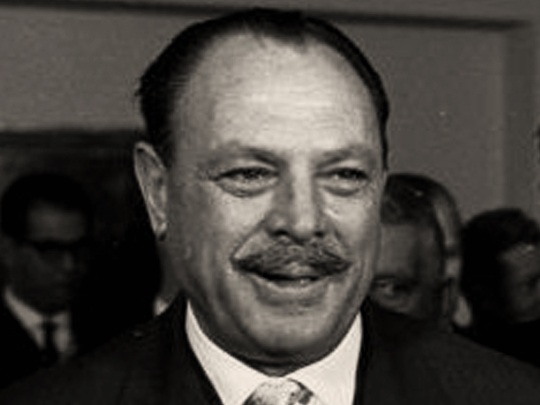
14 May 1907 –19 April 1974 (Aged 66)
Khan was a five-star Pakistani army general who became the second president of Pakistan.
During his presidency, he pursued a policy of industrialization and privatization, while he strengthened ties with the U.S. and China.
Khan was controversially re-elected in 1965 with rumors of vote-rigging and political murders abounding.
In 1969, he was forced to resign from office amid unrest and a popular uprising.
Khan died of a heart attack aged 66, leaving a mixed legacy behind him.
Satyendra Nath Bose
(Physicist)
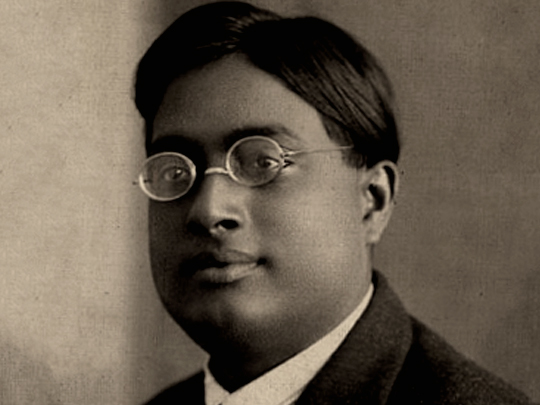
1 January 1894 – 4 February 1974 (Aged 80)
Bose was a hugely influential Indian theoretical physicist, renowned for his work with Albert Einstein, developing the theory for Bose-Einstein Condensate.
He is seen by many as the father of the “God particle”.
Such was his influence in the field his name was given to a class of sub-atomic particles, known as ‘bosons’.
Bose died in Calcutta (now Kolkata) at the age of 80.
Georges Pompidou
(French President)
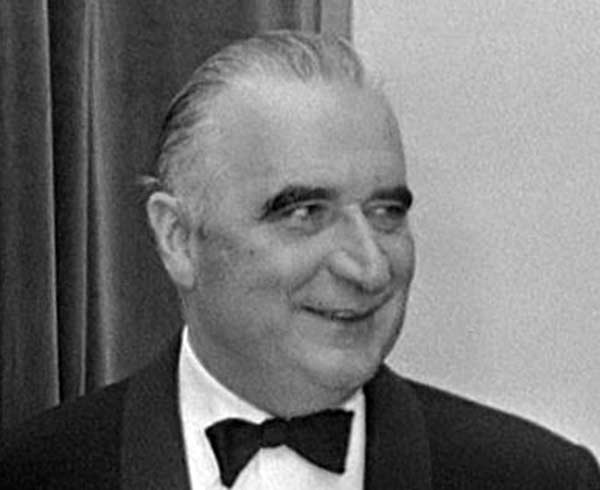
5 July 1911 – 2 April 1974 (Aged 62)
Pompidou served as President of France from 1969 until his death, having previously served as prime minister for six years during the reign of Charles de Gaulle.
Prior to, and during, World War II, Pompidou had worked as a teacher before being made an economic and education advisor to de Gaulle after French liberation in 1944.
Pompidou died from bone marrow cancer at the age of 62 while still in office as president.
Mama Cass
(Singer)
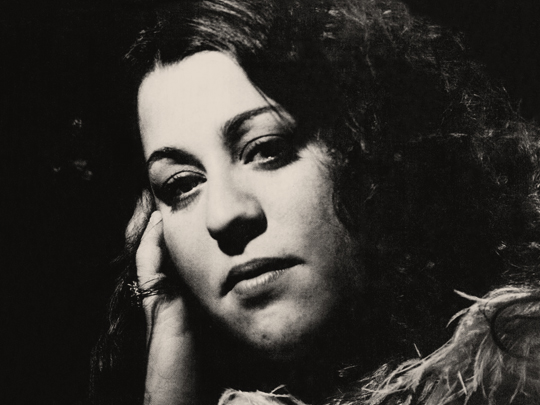
19 September 1941 – 29 July 1974 (Aged 32)
Cass Elliott, known as Mama Cass, was an American singer who formed the band The Mamas and The Papas in 1965.
The band enjoyed immediate success before breaking up in 1968, after which Cass had a successful solo career.
She died suddenly from heart failure brought on by the effects of obesity at the age of 32.
Cass and the other members of The Mamas and The Papas were inducted into the Rock and Roll Hall of Fame in 1998.
Ed Sullivan
(TV Personality)
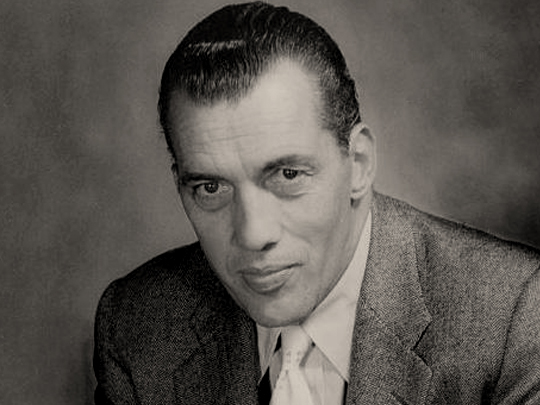
28 September 1901 – 13 October 1974 (Aged 73)
Sullivan was a hugely influential TV host and personality who created the variety program ‘The Toast of the Town’, which later renamed ‘The Ed Sullivan Show’.
The hit program became the longest-running variety show in history at the time, running from 1948 to 1971.
The show attracted the biggest stars in the world, such as Elvis Presley, The Jackson 5, and The Beatles.
Sullivan died from oesophageal cancer at the age of 73.


